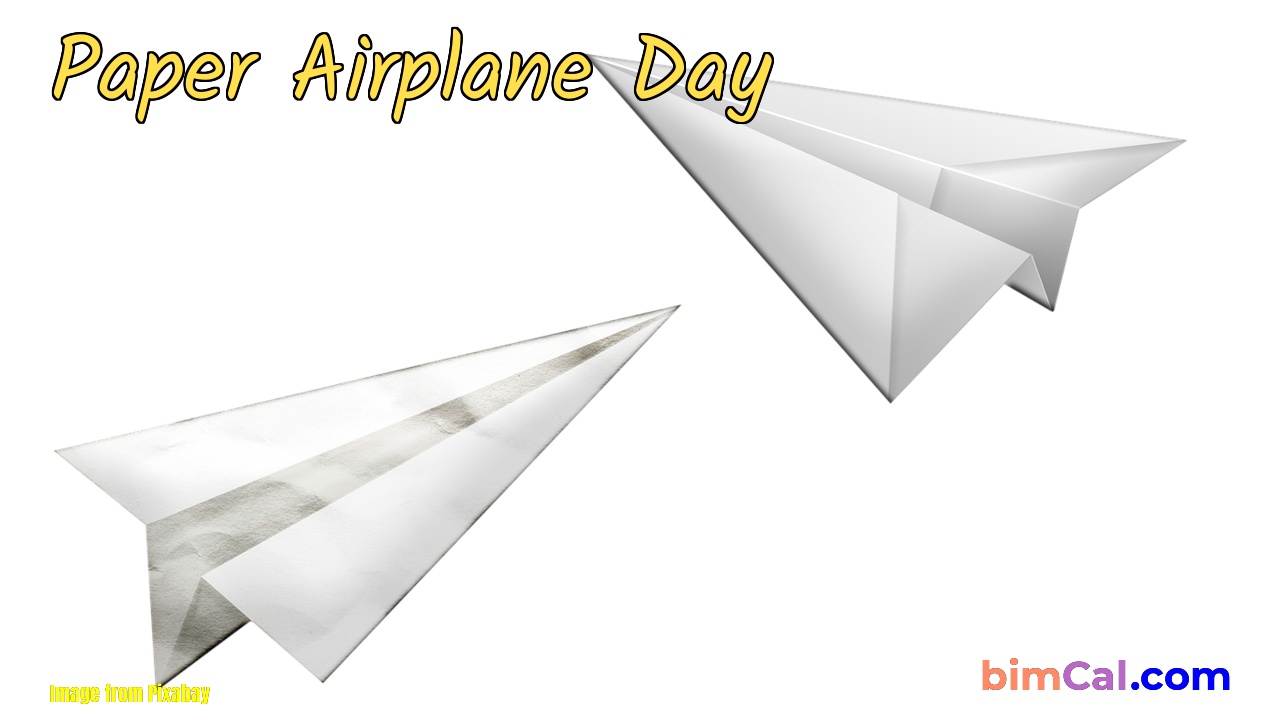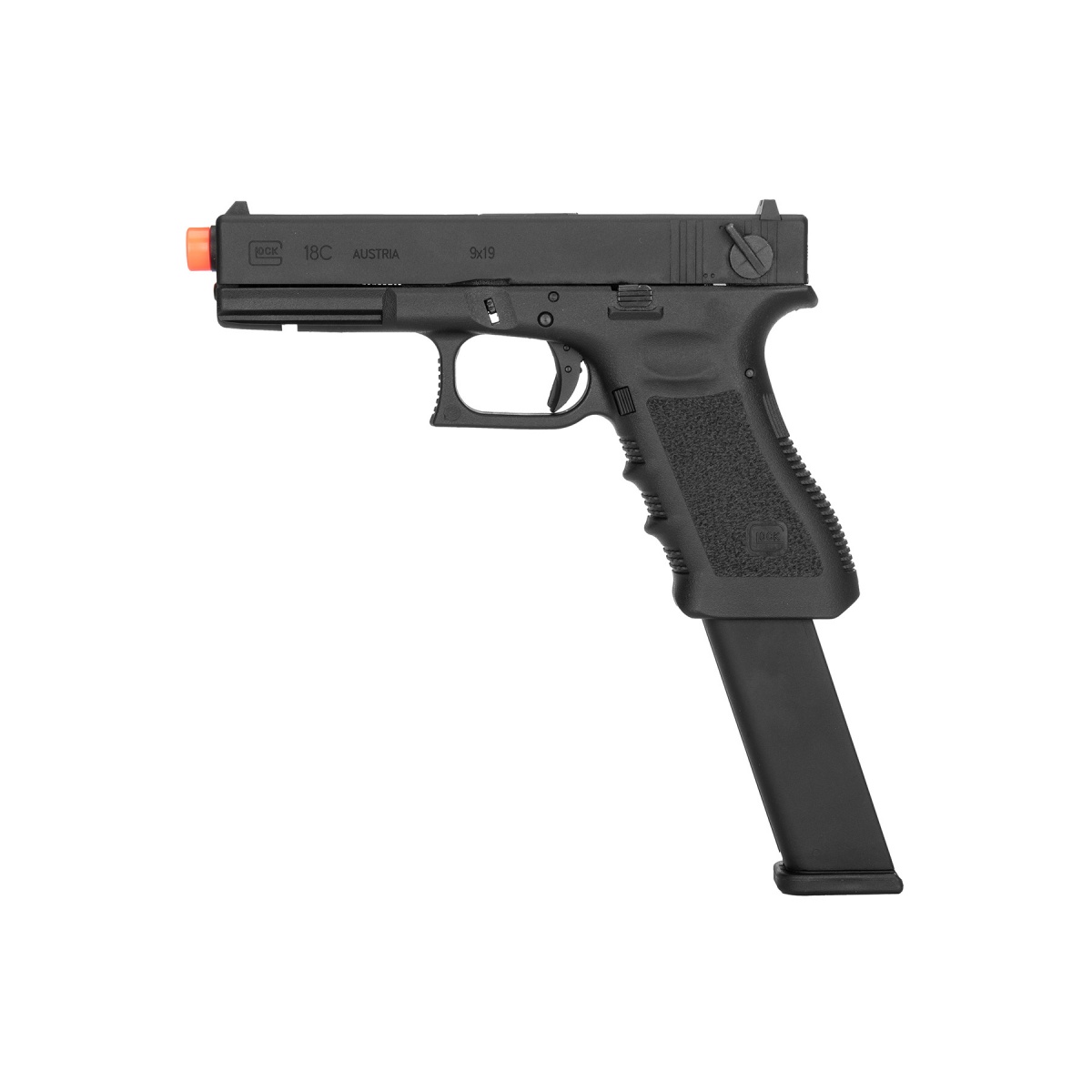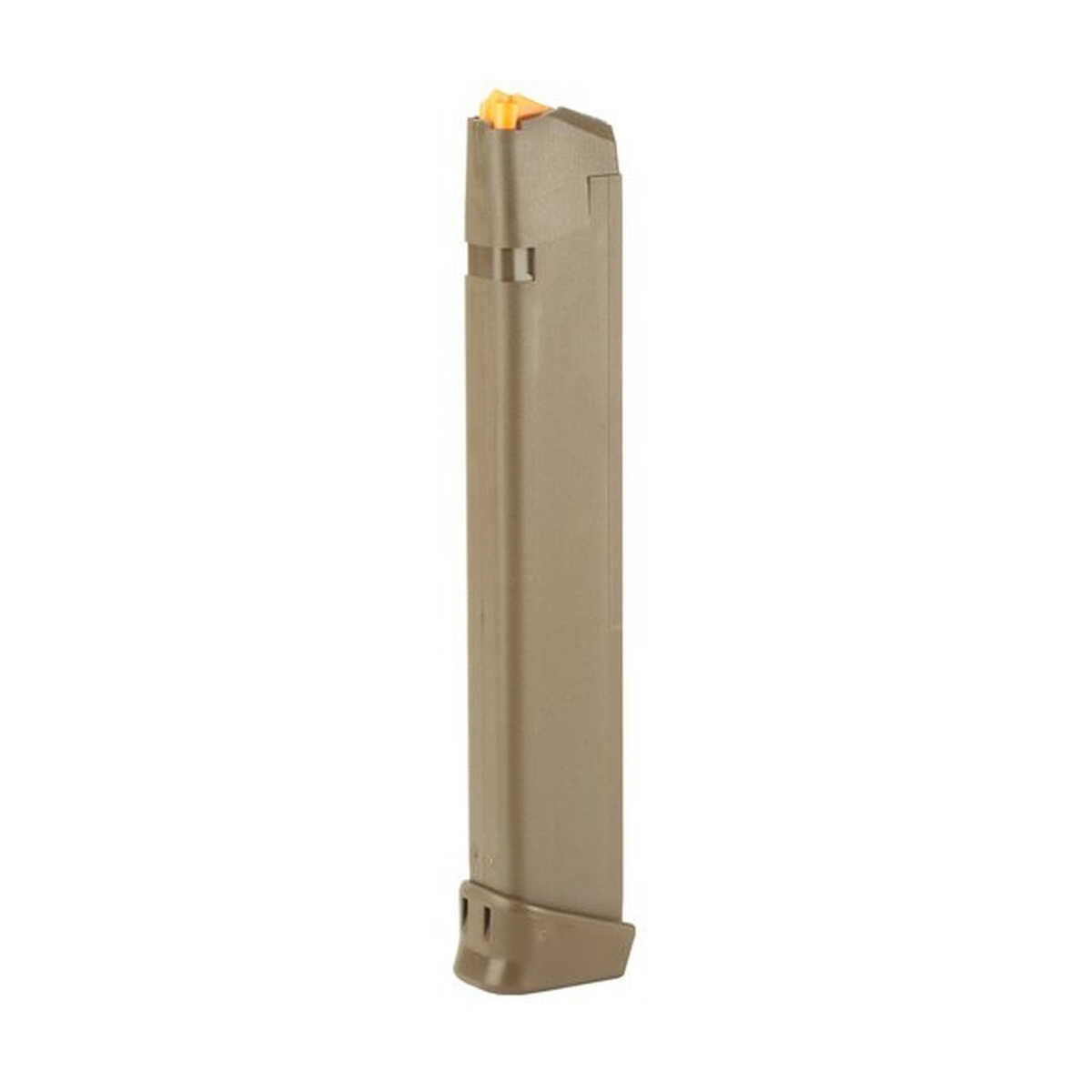Facts On Paper Airplanes - A paper airplane (also known as a paper airplane in American Glish or a paper airplane in British Glish) is a toy airplane, usually a glider, made from a single folded sheet of paper or cardboard. A simple paper airplane with a heavy nose that is thrown like a dart is also known as a paper dart.
The origins of the folded paper glider are generally considered to be ancient China, although there is equal evidence that the intricacies and development of the folded glider took place in equal measure in Japan. No doubt large-scale paper production took place in China around 500 BC, and between 460 and 390 BC origami and paper folding became popular.
Facts On Paper Airplanes

It is impossible to determine where and how the first paper airplane was made, as well as what form the first paper airplane was in.
Edmonds College: Home
For the next millennium or so, paper airplanes became the dominant man-made heavier-than-air vehicle, whose principles can be admired for their high coefficients of friction rather than exceptional long-haul glide performance. All the pioneers of powered flight worked on paper model airplanes to design larger machines. Leonardo da Vinci wrote about making model airplanes out of parchment and testing some of his first ornithopters, wingplanes, and parachute designs using paper models. Later, Sir George Cailey researched the performance of paper sails in the late 19th century. Other pioneers, such as Clemt Ader, prof. Charles Langley and Alberto Santos-Dumont often tested ideas on paper alongside balsa models to validate (scale) their theories before putting them into practice.
Over time, many other designers developed and improved the paper model, using it as an important useful tool in aircraft design. One of the earliest known applications of modern paper airplanes (as in complex structures and many other aerodynamic improvements) was made in 1909.
The construction of a paper airplane, made by Ludwig Prandtl at the banquet of the International Union of Theoretical and Applied Mechanics in 1924, was dismissed by Theodor von Kármán as an artless exercise:
Prandtl was also somewhat impulsive. I remember once, at a rather honorable dinner after a conference in Delft, the Netherlands, my sister sitting next to him at the table asked him a question about flight mechanics. He began to explain; In the process, he took paper and built a small model airplane without thinking about where it was. It landed on the shirt of the French Minister of Education, embarrassing my sister and others at the banquet.
The Best Paper Airplane
In 1930, Jack Northrop (co-founder of Lockheed Corporation) used paper airplanes as test models for larger airplanes. In Germany, during the Great Depression, designers at Heinkel and Junkers used paper models to create basic performance and structural forms in key projects such as the Heinkel 111 and Junkers 88 tactical bomber programs.
More recently, paper model airplanes have achieved great complexity and very high flight performance, far from their origami origins, but origami airplanes have gained many new and exciting uses.
The continued development of folded/origami gliders over the same period had similar complexity, including the addition of the following structural improvements.

Compared to balsa wood - another material commonly used in model airplane construction - , the thickness of the paper is greater; as a result, traditional origami paper gliders (see above) suffer from higher drag as well as imperfect aerodynamic wing beams.
Origami Model Airplanes Book Paper Instructions Nighthawk Raptor Hawkeye F 35 ++ 9780804838887
However, unlike balsa sails, paper sails have a much higher strength-to-thickness ratio: for example, an 80 g/m2 office-quality sheet of photocopy/laser printer paper has approximately the strength of aircraft aluminum sheet metal, whereas cardboard, paper model airplane approximates the properties of steel in scale.
Unmodified origami paper airplanes have a very poor glide ratio, usually no better than 7.5:1, depending on construction and materials. Modification of origami paper gliders can result in significant improvements in flight performance, at the expense of weight and often involving aerodynamic and/or structural compromises. Often, increased wing loading can promote laminar flow disruption on a wing with origami and glued-glued construction.
Professors Ninomiia and Mathews (see sections below) developed more focused design strategies in the late 1960s and 1980s. Previously, paper model airplanes were designed with no regard for flight performance. Using aerodynamic design and fluid dynamics, both professors were able to design models that far exceeded previous flight performance benchmarks. Flight range increased from the typical 10+ meters to 85+ meters depending on the energy supplied to the gliders during launch.
In the past, the work of the two professors remains the last serious research effort to improve the flight performance of paper model gliders. Such collaborative work through online forums and personal websites is essentially the development of these original types of sailboats.
History Of The Paper Airplane
In the field of scale model design, there are many opportunities for advanced design. Airfoil gliders face the limitation of improving flight performance due to wing types that typically have curved air profiles. Also, the bodies are either balsa paper or paper laminate, prone to warping or breaking too soon. Performance improvements are possible by modeling three-dimensional fuselages that promote laminar flow, and in wings with internal struts that can have high lift air profiles such as the Clark I or the NACA 4 or 6 series for high take-off.
Ninomiya's design "N-424" from Jet Age Jamboree (1966). The body of the glider is made of several layers of paper glued together. Wings are made of two layers, tail and tail are made of a single lamella.
In the late 1960s in Japan, Professor Yasuaki Ninomiya devised an advanced type of paper airplane that was published in two books, Jet Age Jamboree (1966) and Airborne All-Stars (1967). The designs from these books were later sold as the 'White Wings' series of paper gliders from the 1970s until the first day.

White wings are completely different from traditional paper airplanes as they are paper patterns whose fuselage and wings are cut and pasted together. They are designed using the principles of low speed aerodynamic engineering. The structure of the model is made of Kt paper, a type of cartridge paper sold in Japan.
Science Of Flight: Paper Airplanes
The first models were strictly hand drawn, but in the 1980s parts were produced using CAD software.
Design Prof. Ninomie also included working air-driven propellers for the first time on any paper model, specifically for the 1967 Cessna Skimaster and Piaggio P.136 scale profiles. F-4 Phantom II model staples etc. It can fly instantly without using it.
High-performance gliders have a rigid body using a balsa body profile bonded to paper components. The paper used is quite heavy, about twice that of standard drawing paper, but lighter than light cardboard. The original white wings were old papers that required patience and skill. Later, however, balsa wood stems were used and the White wings were sold "pre-cut", which made construction easier. The air profile used is Gotting 801 (curved plate) and the model is supplied die-cut of each kit.
In 1984, Professor E.H. Matthews, a lecturer in thermodynamics at the University of the Witwatersrand in South Africa, has published his first summary of high-performance model airplanes. This book was The Paper Pilot (Struik, 1984).
Ways To Overcome Leadership Bias
This book was very successful and led to the additional volumes Paper Pilot 2 (1988), Paper Pilot 3 (1991), 12 Airplanes for the Paper Pilot (1993) and a standalone model book, the Ju-52.
Unreleased models include the Airbus A320, similar to the Ju-52 featured in the Tekkies youth program in 1996.
The books included pattern patterns printed on lightweight cardstock to give the aircraft good long-range performance.

Public interest in the gliders and their success in publishing allowed some developments to be broadcast on South African television in 1988, following the publication of the first book, and again in 1993, coinciding with the national paper airplane competition for its release. Paper Pilot 3.
Funny Dad Facts Mug By Paper Plane
The aerodynamic design of the gliders was achieved using an optimized small wind tunnel - the Britt Norman Trislander flat glider was filmed at this facility with weight balances used to demonstrate flight optimization.
The glider parts were designed using Autodesk AutoCAD R12, the most advanced version of this CAD software and one of the first publicly available paper airplane models designed using this technology.
The glider construction closely parallels that used in Dr Ninomiya's White Wings series flat gliders.
Paper pilot gliders use a curved airfoil for best performance. Like the White Wings gliders, their designs are very sensitive to trim and are actually capable of performing indoor flights in indoor conditions in average conditions.
Paper Airplanes: Building, Testing, & Improving. Heads Up!
Most early releases are equipped with catapult hook patterns and demos
Wwi airplanes facts, ww2 airplanes facts, interesting facts about paper airplanes, fun facts about airplanes, paper airplanes facts, scary facts about airplanes, airplanes facts, 5 facts about airplanes, 10 facts about airplanes, facts about paper airplanes, interesting facts about airplanes, facts about airplanes















